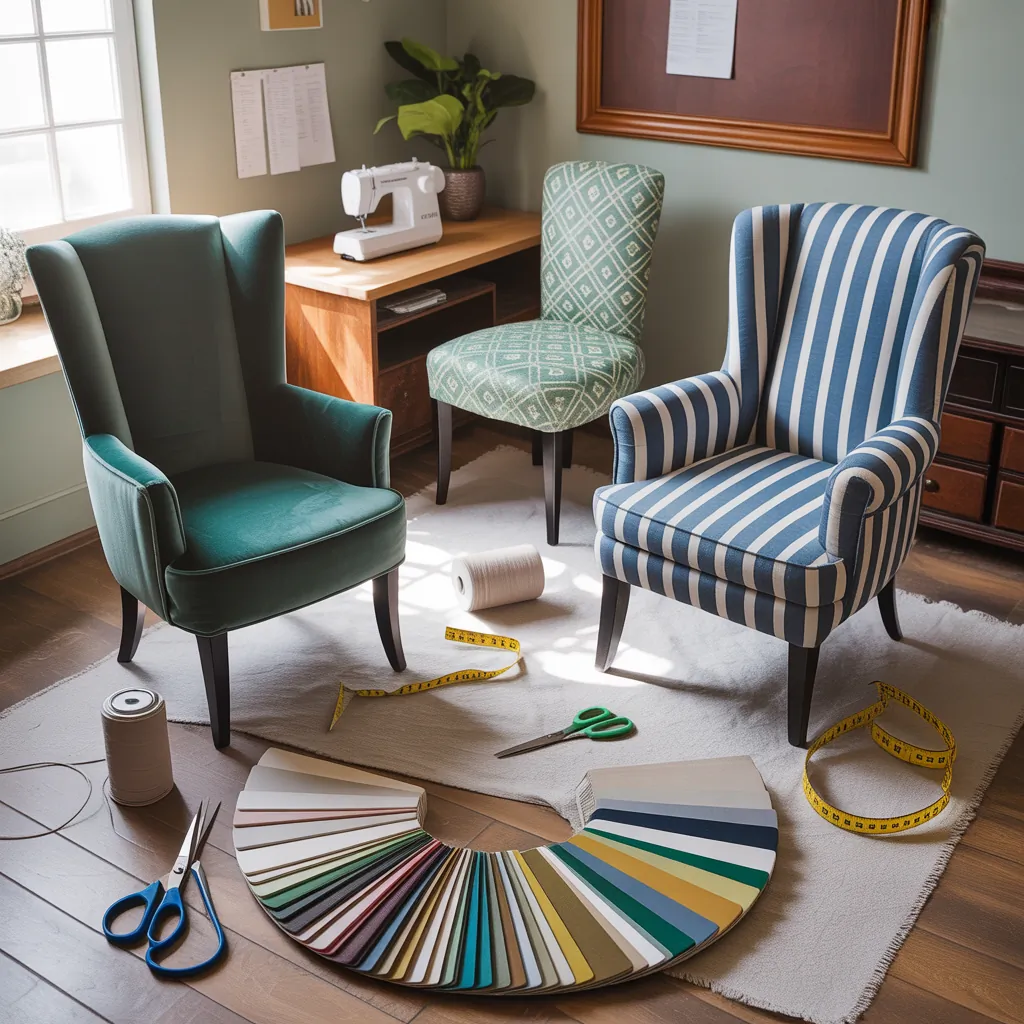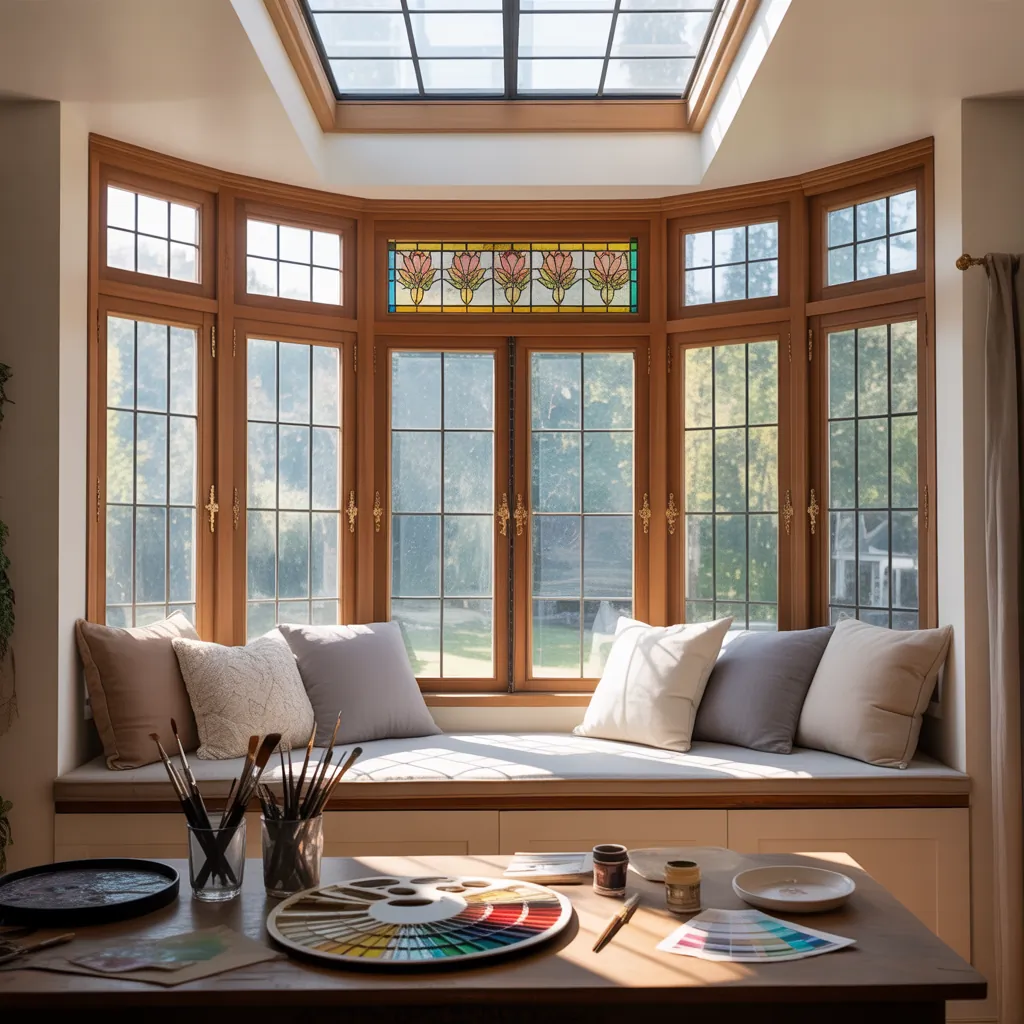Have you ever stared at a set of tired dining chairs or a scuffed accent chair and thought, “I could fix this—but where do I start?” Whether you’re prepping for a dinner party, living in a rental, or refreshing your dining nook on a budget, chair covers are one of the fastest, most creative home upgrades you can do. In this guide you’ll find practical chair covers ideas, step-by-step DIY tips, and design inspiration to help you refresh chairs without a full reupholstery project.
Why chair covers are a smart solution
Chair covers are versatile: they protect against spills, hide wear and tear, and instantly change a room’s style. They’re also a great entry-level upholstery alternative for DIYers who want to avoid costly or permanent changes. From washable slipcovers and elastic chair slipcovers to no-sew options and tailored covers, there’s a solution that fits your skill level, timeline, and budget.
Chair covers ideas: quick DIY options for every skill level
Below are practical chair cover projects that range from a 15-minute rental-friendly fix to a weekend sewing project. Each idea includes materials and basic steps so you can tackle it today.
No-sew throw-and-tuck covers (15–30 minutes)
- Best for: Instant refresh, renters, last-minute events.
- Materials: Large decorative throws or lightweight blankets, safety pins or double-sided fabric tape.
- How to: Drape the throw over the chair, align the center seam with the back, tuck excess fabric under the seat and secure with pins or tape. Add a belt or ribbon around the back for a custom look.
Elastic slipcovers for dining chairs (30–60 minutes)
- Best for: Frequent use, washable chair covers, snug fit.
- Materials: Stretch knit fabric (polyester-spandex blends), elastic band, basic sewing machine.
- How to: Measure the seat and back, cut fabric leaving 1–2 inches seam allowance, sew edges, and insert elastic into hems for a fitted silhouette. These are great as machine-washable, reusable chair slipcovers.
Tailored slipcovers (weekend project)
- Best for: Permanent-looking makeover, complex chair shapes.
- Materials: Upholstery fabric, sewing machine, pattern paper or existing dress pattern, pins, scissors.
- How to: Create a paper pattern from the chair (trace each panel), cut fabric accordingly, sew panels together following the contours of the seat and back, add zippers or ties for removable cleaning.
Reversible covers for multi-season style
Use different fabrics on each side (heavy linen one side, cotton print the other) to switch looks seasonally. Add corner ties to keep covers in place and make laundering fast and simple.
Step-by-step: Make a simple no-sew fitted slipcover
- Measure your chair: width, depth, height of back and seat. Add 2–3 inches for tucking.
- Buy stretch jersey fabric or a fitted tablecloth slightly larger than measurements.
- Place fabric over the chair, smooth, and fold the excess underneath the seat.
- Secure with heavy-duty safety pins or fabric tape at the underside so pins won’t show.
- Finish with a decorative sash or upholstery twist tie at the back to create a tailored look.
Design inspiration: fabrics, patterns, and styles
Choosing the right material and pattern will determine whether the chair cover looks casual or polished.
Fabric suggestions
- Linen and cotton blends – breathable and great for casual dining chairs.
- Microfiber and polyester – highly durable and often machine-washable for families with kids.
- Canvas and duck cloth – ideal for a rustic or farmhouse vibe and holds structure well.
- Stretch knit – perfect for snug, elastic slipcovers that hug the chair’s contours.
Pattern and color ideas
- Neutral solids for a minimalist, timeless look.
- Bold floral or ikat prints to energize a small dining area.
- Stripes or geometric patterns for modern kitchens.
- Mix-and-match: different but complementary covers for mismatched chairs.
Practical tips for successful chair cover projects
- Always pre-wash fabrics to prevent shrinking after the cover is made.
- Keep your chair’s shape in mind—chairs with arms require more complex patterns than armless dining seats.
- Use zippers or Velcro closures for easy removal and washing.
- Invest in quality thread and reinforced seams if the chairs will see heavy use.
- For rental-friendly solutions, avoid permanent adhesives and focus on removable ties, elastic, or slip-on covers.
Real-world advice: budget, timeline, and where to save
If you’re on a tight budget, start with thrift-store fabric or upcycled bed linens. Stretch jersey from discount fabric stores makes quick elastic covers that look surprisingly finished. For a weekend sewing project, allocate time for measuring, patterning, and a few trial fittings—expect to spend 2–8 hours depending on the complexity.
Want project ideas beyond chair covers? Check out our pages on DIY projects and kitchen upgrades for coordinating room updates. For overall aesthetic guidance, our home design ideas section offers mood boards and color palettes that pair well with chair fabrics.
Frequently Asked Questions
1. Can I make chair covers without sewing?
Yes. No-sew chair covers using throws, safety pins, or fabric tape are quick and renter-friendly. For a snug look, use stretch fabrics and add strategic tucks or belts. These won’t have the tailored finish of sewn slipcovers but work well for temporary solutions.
2. What fabric is best for dining chair covers that need frequent washing?
Microfiber, polyester-cotton blends, and treated cottons are best for washable chair covers. Look for fabrics labeled machine-washable and consider darker colors or subtle patterns to hide stains between washes.
3. How do I measure my chair for a fitted cover?
Measure the height from floor to top of back, the width of the back and seat, and the depth of the seat. Add 1–3 inches seam allowance and extra for tucking. Create a paper pattern if you’re making a multi-panel tailored cover.
Conclusion: Start your chair makeover today
Chair covers ideas can transform your space quickly and affordably—whether you choose a no-sew throw, a stretchy elastic slipcover, or a tailored sewn piece. Pick a project that matches your skill level, gather washable or durable fabric, and give your chairs new life. Try one of the small projects this weekend and see how much difference a fresh cover makes.
Ready to begin? Gather materials, pick a style, and share your results. For more inspiration, browse our DIY projects and home design ideas pages to plan a whole-room update.



